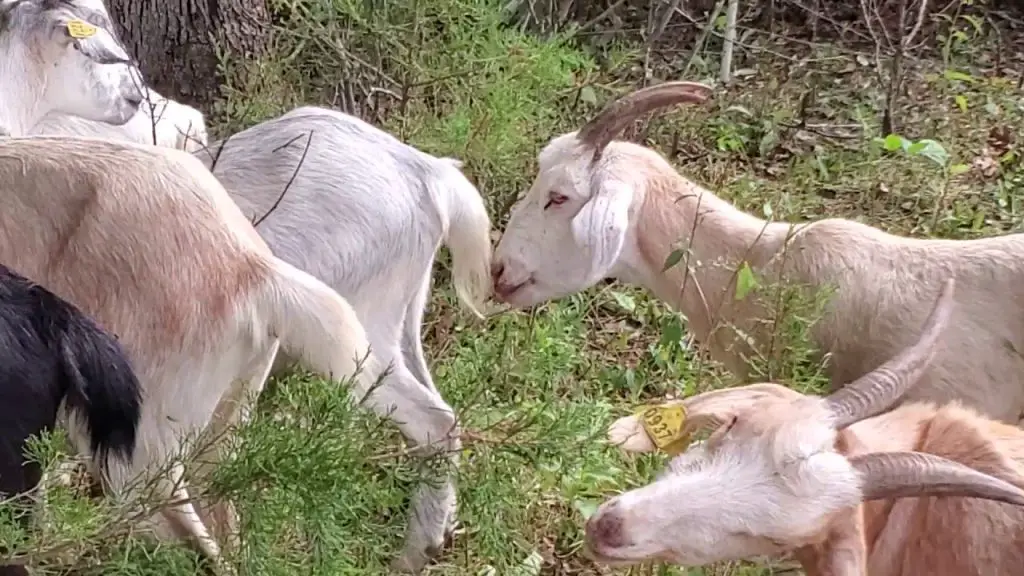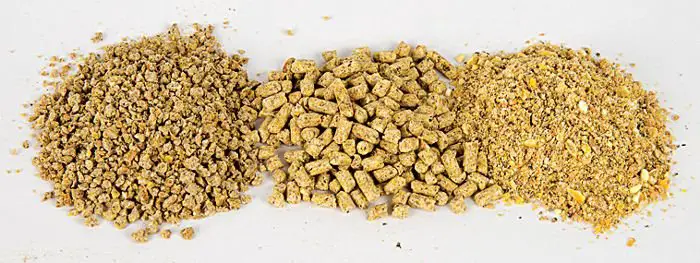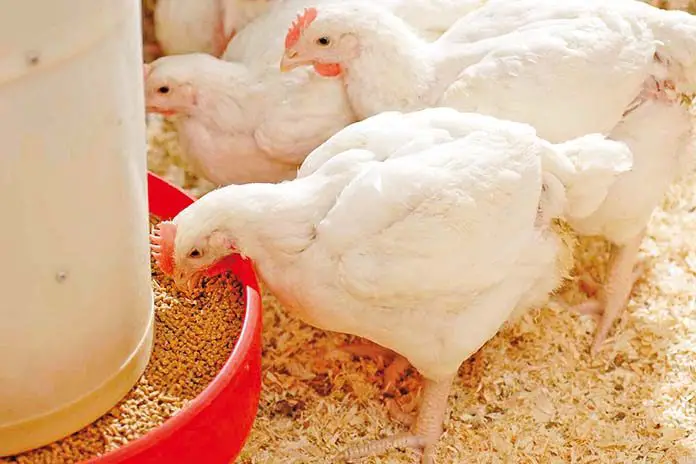It is no sin for for farmers to try and look for potentially affordable and healthier ways to take care of their livestock, in this case goats. Along with cows, sheep and pigs, etcetera. Goats are some of the most common domesticated animals, some people can go as far as having their goats as pets. Goats however are notorious for being eaters of anything they can fit into their mouths. From furniture to various types of fabrics (even though this is very bad for them.) But just because something is natural does it mean it is automatically edible for livestock like goats? Well in the case of cedar trees, it’s complicated. Let’s find out more.
Contents
What Makes Cedar Trees Special?
Cedar trees are some of the world’s fastest growing trees. They have seeds which can easily be dispersed by the wind which makes the trees reproduce easily and at a massive scale in an almost parasitic way. So they can be found almost anywhere without fail. And it wouldn’t cost anything to have these trees set up in your yard, if you do not happen to already have them. But can your goats take an occasional nimb at a cedar tree without any worry of poisoning them? Yes, goats can eat cedar trees but this is where it gets complicated because not all manner of cedar trees may be good for your goats.
Red Cedar Trees Can Be Eaten By Goats
Red cedar trees are the variety or type of cedar tree that goats can consume without any worry of something bad potentially happening to the goats. The goats observably enjoy eating the red cedar tree. And as stated before; goats can eat just about anything (even when it isn’t good for them) so they will eat this tree from the leaves down to its bark or stem. But you would need to meticulously prepare the tree for them. In such a way that they do not get harmed when they eat them.
- The red cedar tree is neither toxic nor harmful to a goat’s biological makeup. Instead it has quite a couple of health benefits like ridding the goats’ bodies of any toxins (by strengthening the liver) and helping improve immunity for fighting infections and pests by boosting the goats’ bodies’ metabolism.
- If you happen to take a sniff of the cedar trees’ leaves you will notice that it has a distinct and rich medicinal-like odor. Some people find it good and others may find it to be appalling, but the goats are drawn to it because it smells delicious to them.
- Your goats can certainly eat cedar trees, you just have to make sure that what they are eating is a red cedar tree because any other cedar tree may be deadly for your goats. Even then, you have to make sure to feed the goats considerable amounts of the red cedar tree, otherwise it can also lead to complications in the goats’ digestive systems and overall body health.
White Cedar Trees Should Not Be Eaten By Goats
Another (more harmful) species of cedar trees is the white cedar tree. And because both a red and white cedar tree are from the same species or order, you may have a lot of trouble distinguishing between the two. White cedar trees may spell a lot of toxic danger to your goats because the same odor and substances contained in red cedar trees that help improve the goats’ biological processes are very concentrated (stronger and reinforced) in white cedar trees. A lot of animals may be drawn to this odor that white cedar trees have and therefore go to the tree and start eating the leaves, etcetera, however it has been reported on countless occasions that white cedar trees have proven to be quite deadly to most animals and could be very dangerous for your goats as well. The white cedar tree may induce swelling of the air passage ways of your goats or they may start itching and therefore injure themselves trying to satisfy the itch.
- With all that being said, it is important to then be familiar with the slight differences between a red cedar tree and a white cedar tree to avoid putting the lives of your goats in jeopardy.
The Problem With Cedar Trees
Whether it is red cedar trees or white cedar trees, the following problem is evident. When cedar tree seeds make it to an area they are not native or indigenous to, they tend to reproduce and overpopulate that place at an alarming rate. And due to the fact that they would be alien (or foreign) to that place, they tend to take over the supplies of that ecosystem.
- Whether it is the sun, water or the soil on which they grow. Cedar trees will compete (and most likely win) with that indigenous plants of a place to get the most out of it. Growing taller than most trees to get the most sun, having deeper and larger roots to redirect all the nutrients and underground water supply to them.
- Cedar trees are what are known as invasive species. But goats can help stop that when they feed on them, and as mentioned in the entirety of this piece only red cedar trees qualify as feed to goats (even then it should be in small amounts and preferably mixed with another type of feed for the goats.)
- Cedar trees are very nutritious trees and can also be used by humans because of their healing and mecidicinal properties. This is when you may appreciate the invasive qualities of the cedar trees because when they overpopulate a particular area, they take up all or most resources (causing other plant life to die) and this makes the cedar trees the healthier and more productive plants at that place.
Conclusion
So you want to feed your goats cedar trees? The leaves, the stem, the whole tree but you are just not sure. Well you can feed your goats cedar trees, just be sure that they are of the red cedar tree variety. Do some exhaustive research before letting your goats eat a cedar tree even if you are sure it is not the poisonous or toxic kind. Even then, when used in excess, a typical red cedar tree can be harmful to your goats. In which case it would be better to be safe than sorry.




